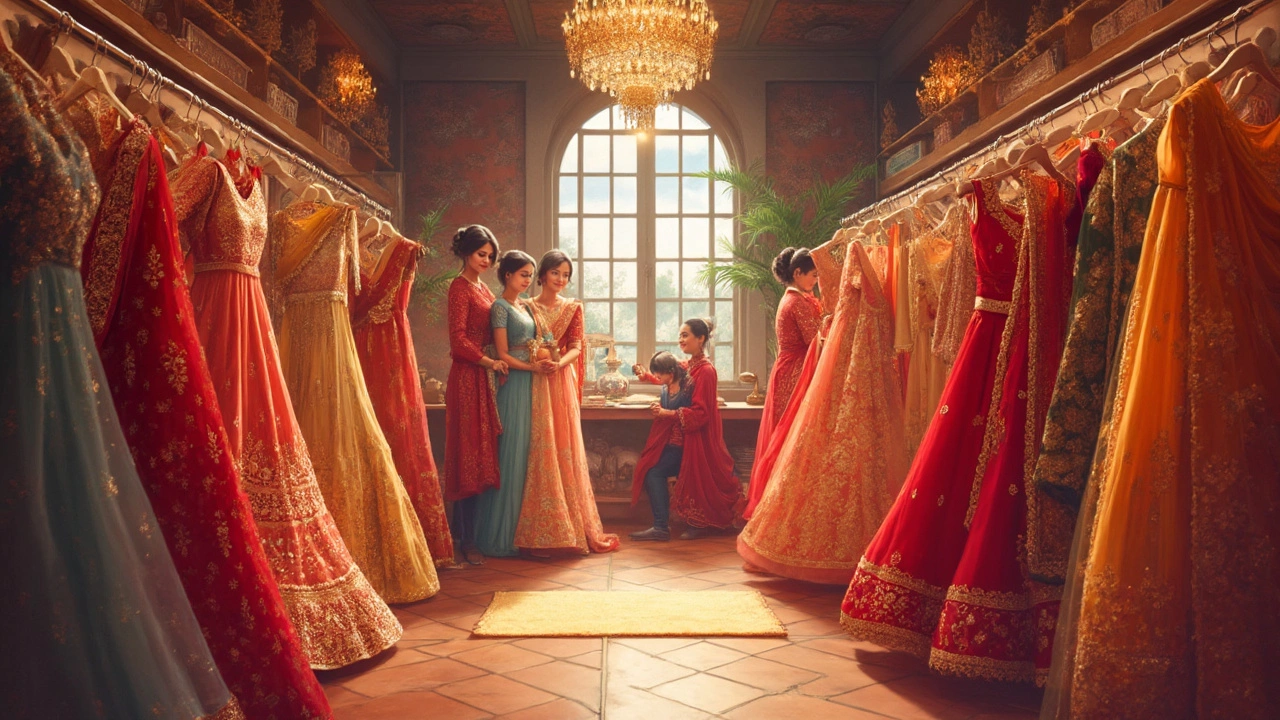Wedding Dress Ideas, Trends & Tips – Find Your Perfect Bridal Gown
When working with wedding dress, the primary garment a bride wears on her wedding day. Also known as bridal gown, it sets the tone for the ceremony and reflects personal style. Alongside the dress, the wedding budget, the total amount allocated for all wedding expenses and the wedding color, the palette that ties together décor, attire and flowers play crucial roles. Even bridal accessories, items like veils, shoes and jewelry that complete the look influence how the dress is perceived.
The first thing most couples ask is how to pick a dress without blowing the wedding budget. A smart approach is to set a clear cap early, then browse styles that fit within that range. Designers often offer off‑season sales, and many boutiques let you rent a gown for a fraction of the purchase price. Remember that the dress cost is just one line on the overall budget; allocating wisely means you can still splurge on quality fabric or a custom fit while keeping other costs in check.
Key Factors When Choosing Your Dress
Fit is the foundation of any good wedding dress, because a well‑tailored gown flatters the body and boosts confidence. Schedule at least two fittings: the first to confirm the basic silhouette, the second to fine‑tune seams and length. Fabric choice also matters; lightweight chiffon moves gracefully for beach ceremonies, while silk or satin adds weight and drama for formal venues. The venue itself dictates practicality—heavy tulle might be gorgeous but hard to manage on a rooftop with wind.
Color coordination is another hidden influencer. While white remains classic, many modern brides opt for ivory, blush or even pastel hues that match their chosen wedding color, palette that guides décor, flowers and attire. Picking a shade that complements your skin tone and the overall theme can make the dress look more intentional and less like a default choice.
Don’t overlook the role of wedding photography, the visual record that preserves every detail of your day. A dress that looks stunning in person might not translate well on camera if it has excessive sparkle that reflects light oddly. Talk to your photographer about fabric shine and neckline style; they can suggest small tweaks that ensure the dress photographs beautifully from every angle.
Accessories can turn a simple dress into a statement. A delicate veil adds romance, while a bold necklace can draw attention to the neckline. Shoes often get overlooked, but comfortable heels let you dance without pain, especially important if you’re wearing a long train that requires careful navigation. Think of accessories as the final puzzle pieces that complete the picture you’ve built with the dress, budget, and color scheme.
Timing matters, too. Order your dress at least six months before the wedding to allow for production and any needed alterations. This buffer protects you from last‑minute stress and gives you space to try on accessories, shoes and undergarments together. If you’re on a tight schedule, consider ready‑to‑wear options that require minimal tailoring.
Finally, keep your personal story in mind. Your dress should reflect who you are now and who you’ll become as a married couple. Whether you love vintage lace, modern minimalism or bold prints, let that personality shine through. When the dress feels true to you, confidence follows, and confidence makes every other detail—budget, color, photos—look even better.
Below you’ll find a curated mix of articles that dive deeper into budgeting tricks, color coordination, accessory picks, and photography tips. These pieces will help you turn the ideas we’ve covered into concrete steps, so you can move forward with a clear plan and enjoy the journey to your special day.
Ever wonder why so many brides splurge on expensive wedding dresses? This article digs into the reasons behind the price tag—from cultural traditions to social media pressure. You'll find interesting facts about what's actually driving those costs. Plus, get tips for making smart decisions when it comes to your own bridal shopping. If you're curious about what goes into picking that dream dress, this is for you.
